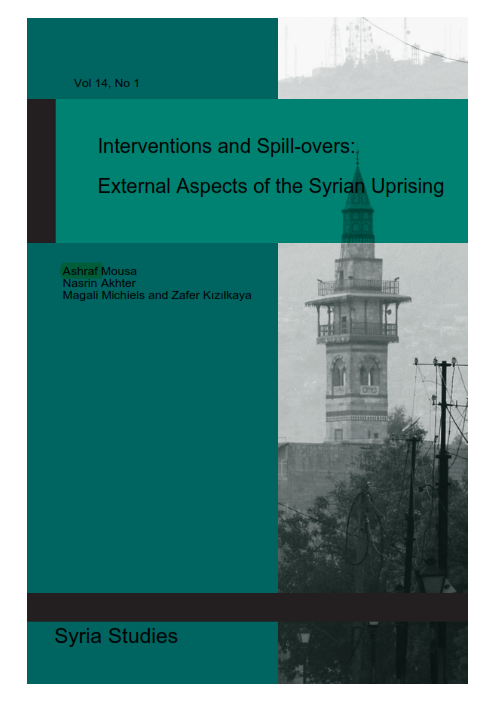In the first issue of Syria Studies to be published in 2022, we are pleased to share several studies that provide important insights on external—regional and international--aspects of the Syrian conflict. They either represent instances in which the conflict spills over, affecting Syria’s relations with other regional actors or interventions in the conflict by external actors.
In Omnibalancing: the case of Hamas and the Syrian Regime Ashraf Mousa analyses the relation of Hamas with the regime through the lens of Omni-balancing theory. In Understanding a Decade of Syria-Hamas Relations, 2011-2021, Nasrin Akher identifies and explains the key phases and watersheds in the relation of the two. Between them, these two studies provide a thorough analysis of how the negative “spillover” of the Syrian Uprising disrupted a relation that had been a key dimension of the ”Resistance Axis,” with consequences for the regional balance of power.
The third study looks at two external interventions in the conflict that sought to mediate between the parties, one by the United Nations mediators focused on the Geneva process and one by Russia and its Turkish and Iranian partners in the Astana negotiations. It compares the differing impacts of two quite different approaches to mediation. This analysis in located within—and throws new light on--the theoretical debates over approaches to mediation.
Published: 2022-11-02
